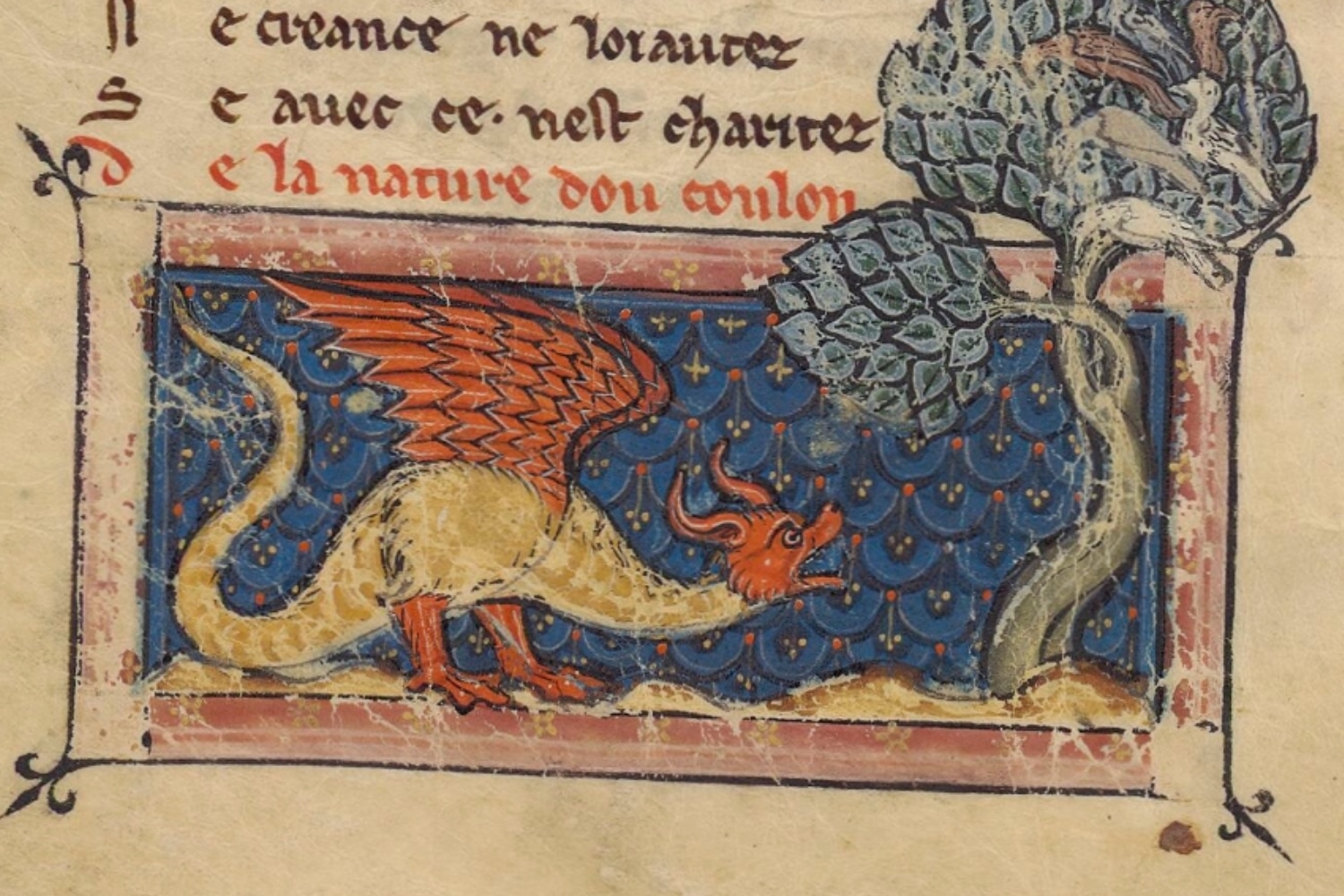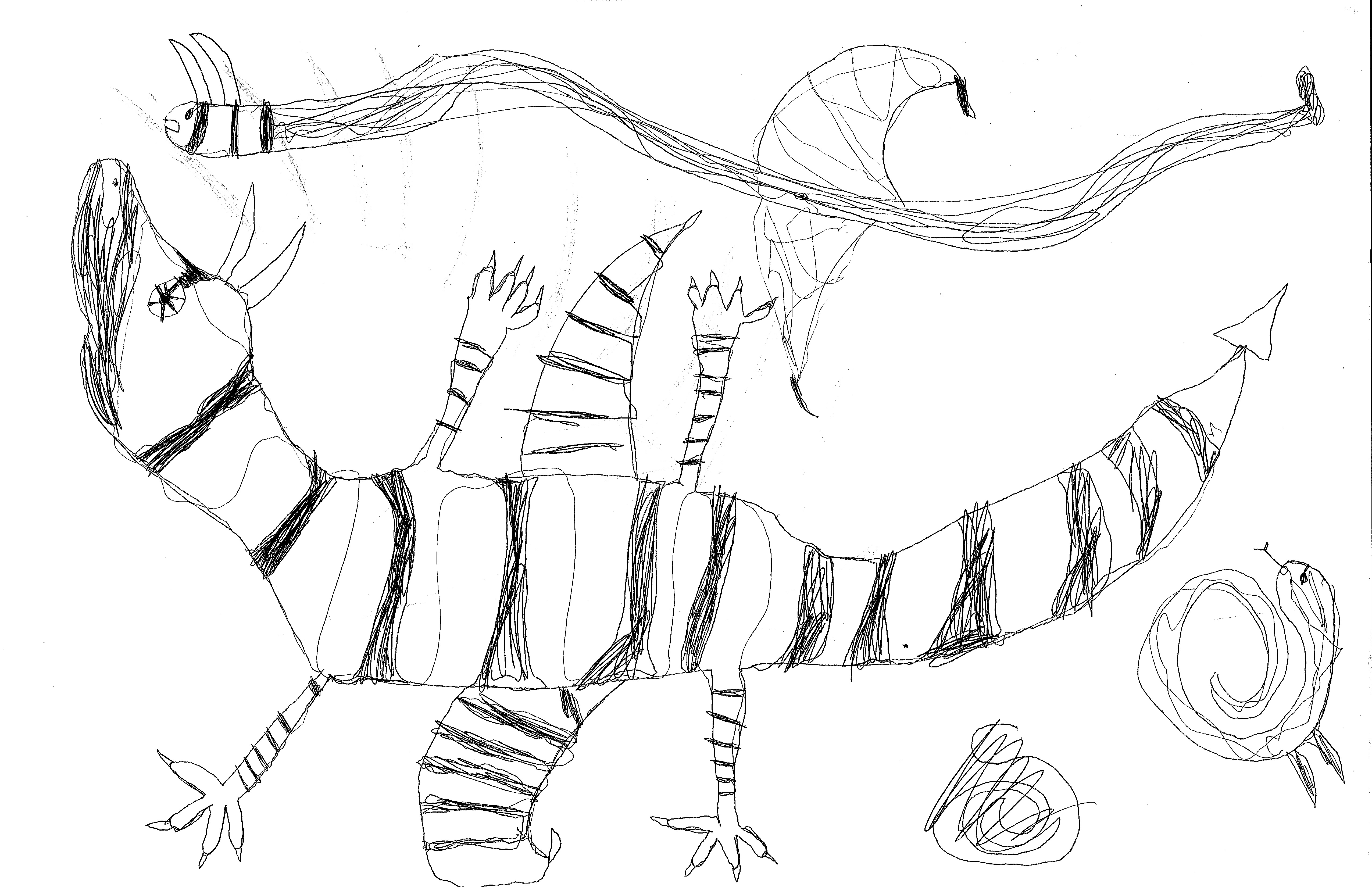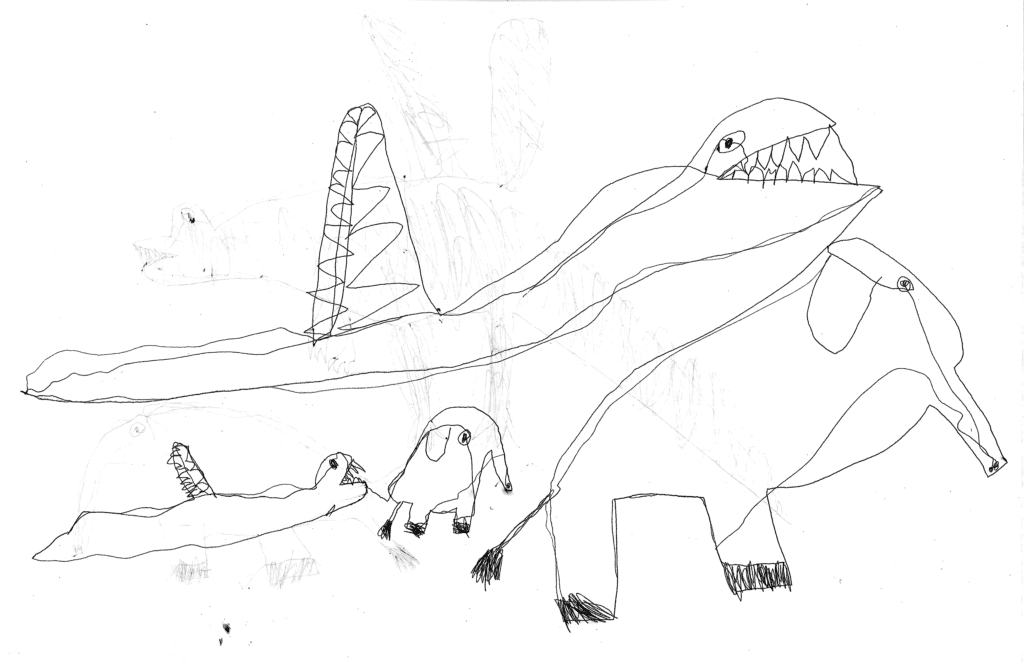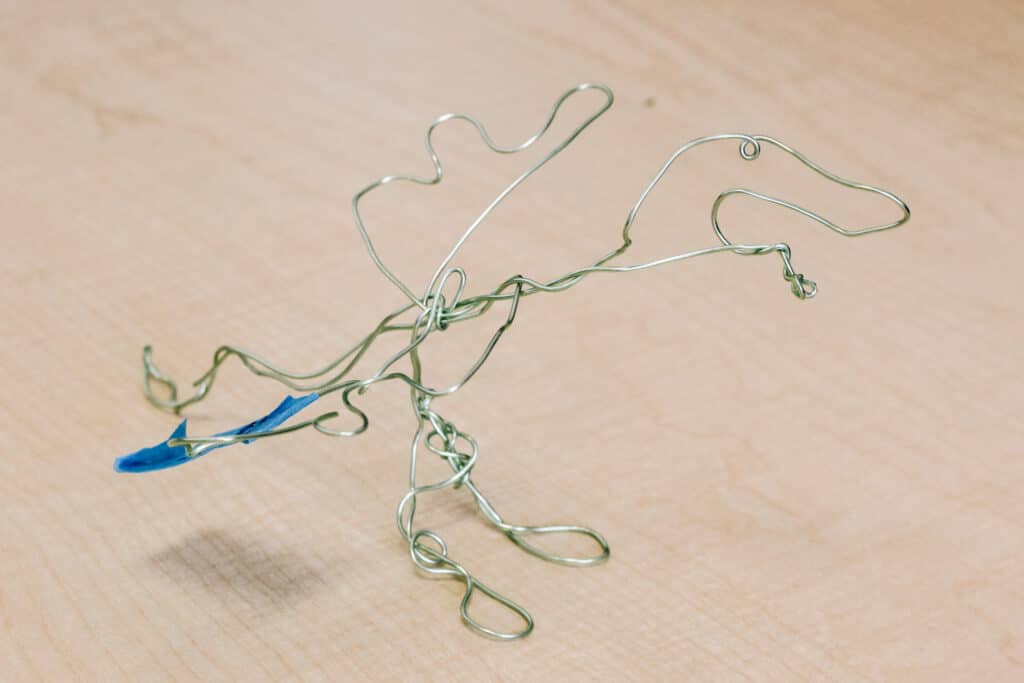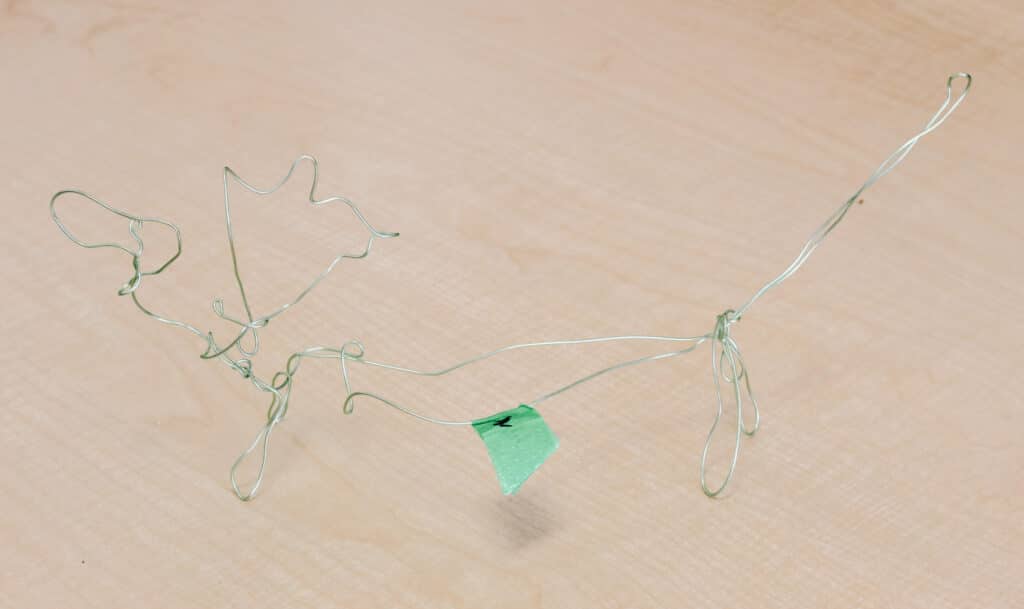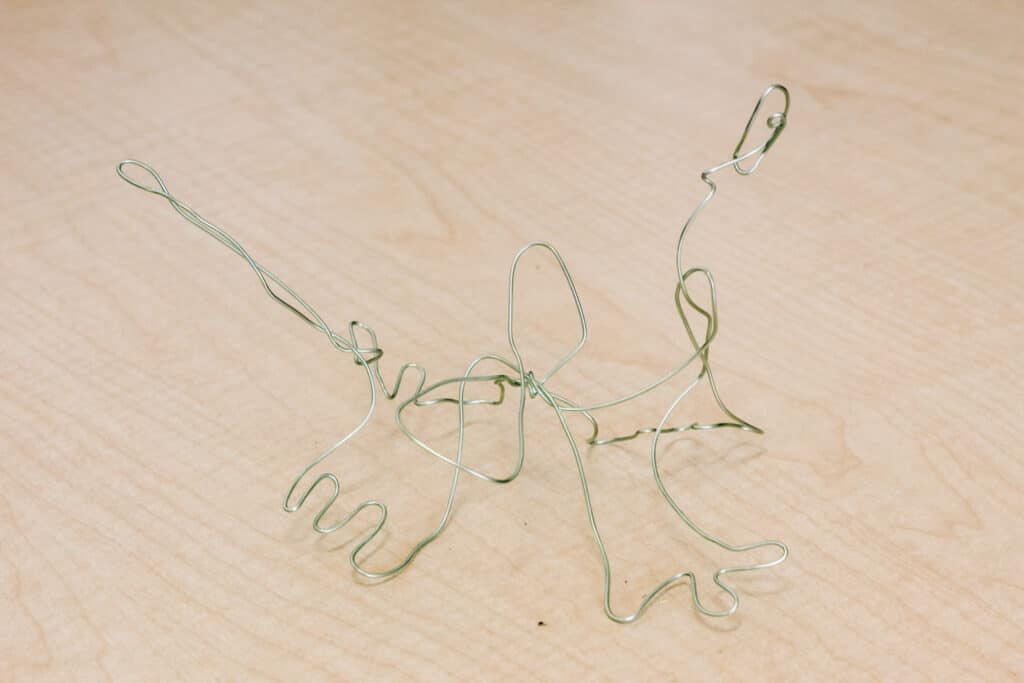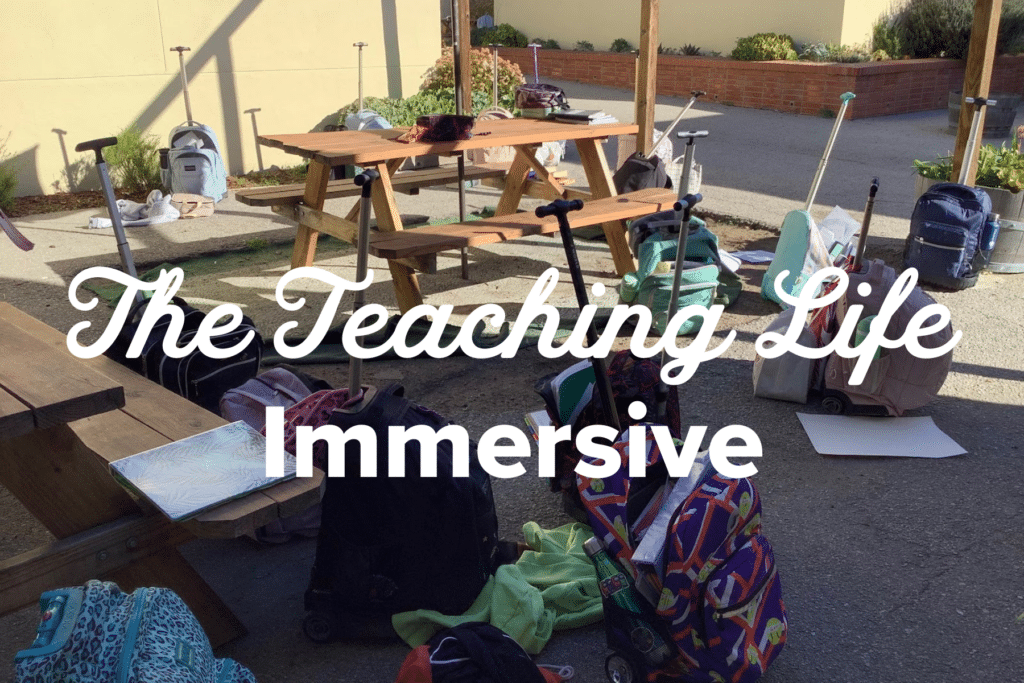Did you know that dragons were thought to be real, existent beasts until the 18th century? That means people who participated in the American Revolutionary war, operated the first steam engines, and saw Beethoven perform live may have also believed in dragons!
Truth be told, most of us may wish we lived in a world where dragons exist even still. If not for the thrill of the quest to vanquish one, for the idea of befriending them or painting them or simply living in a world alongside them. Medieval lore is riddled with dragon stories—Beowulf fights a dragon, St. George fights a dragon, Merlin prophesied about dragons, etc.
That being said, according to one scholarly article, the dragon can be traced back in its original form to Homer’s Iliad. This account of the dragon, however, is probably just a description of a snake or “draco.” This word continued to be used to describe snakes (sometimes larger than life, but all wingless) until Augustine of Hippo, a prominent Medieval scholar and theologian, published the first known account of a dragon with wings. Though this image was used to explain a Biblical psalm, natural historians picked up on it and thus the Medieval dragon gained its wings.
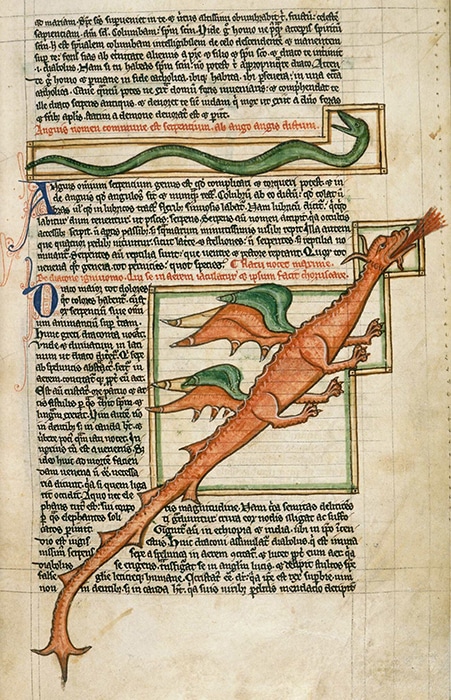
During a time when fact-checking was a slow and nearly impossible process (think the game of Telephone, but over time and in writings over distance), it’s understandable how such a misunderstanding could be made. Additionally, the Medieval peoples became increasingly interested in encyclopedias and compendiums of knowledge (see our past Somebody, Isidore of Seville for more on that), and authors of these collections frequently borrowed from each other. One such subgenre of the encyclopedia popular during this time was the bestiary, a book dedicated to facts, knowledge, and illustrations of all the known animals. Once the winged dragon made its appearance in one of these, it was copied again and again and again into subsequent editions.
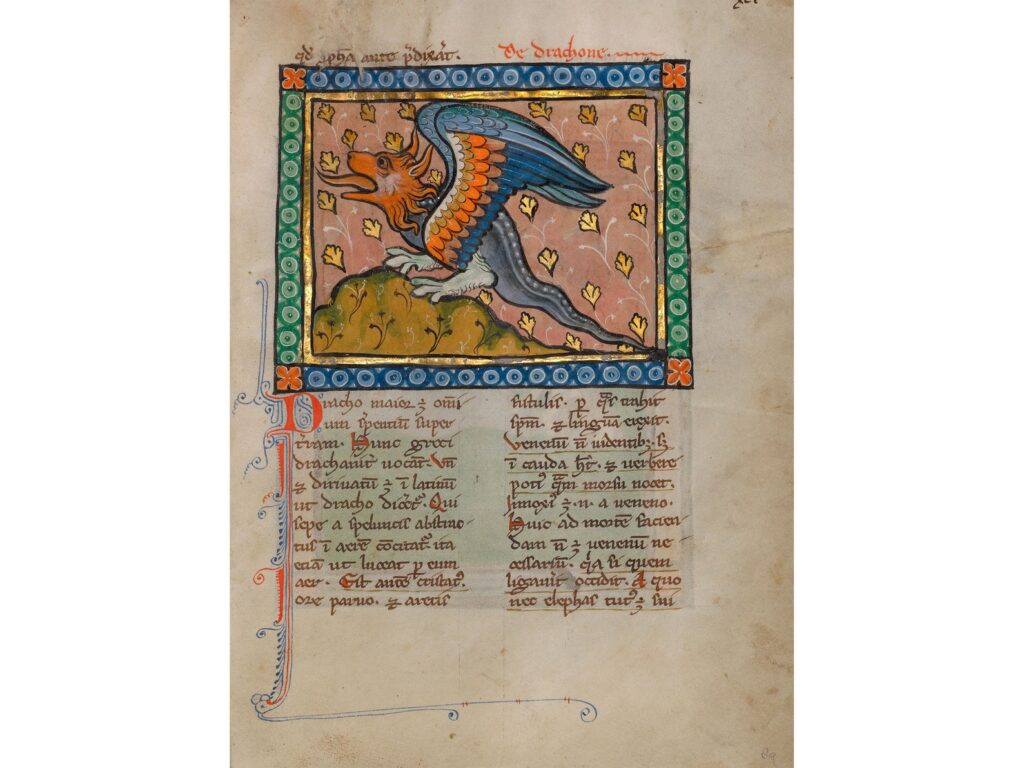
Here are some facts about dragons according to some of the bestiaries:
- “The dragon’s strength is found in its tail, not in its teeth. Its lashing tail does great harm, and the dragon kills anything it catches in its coils.”
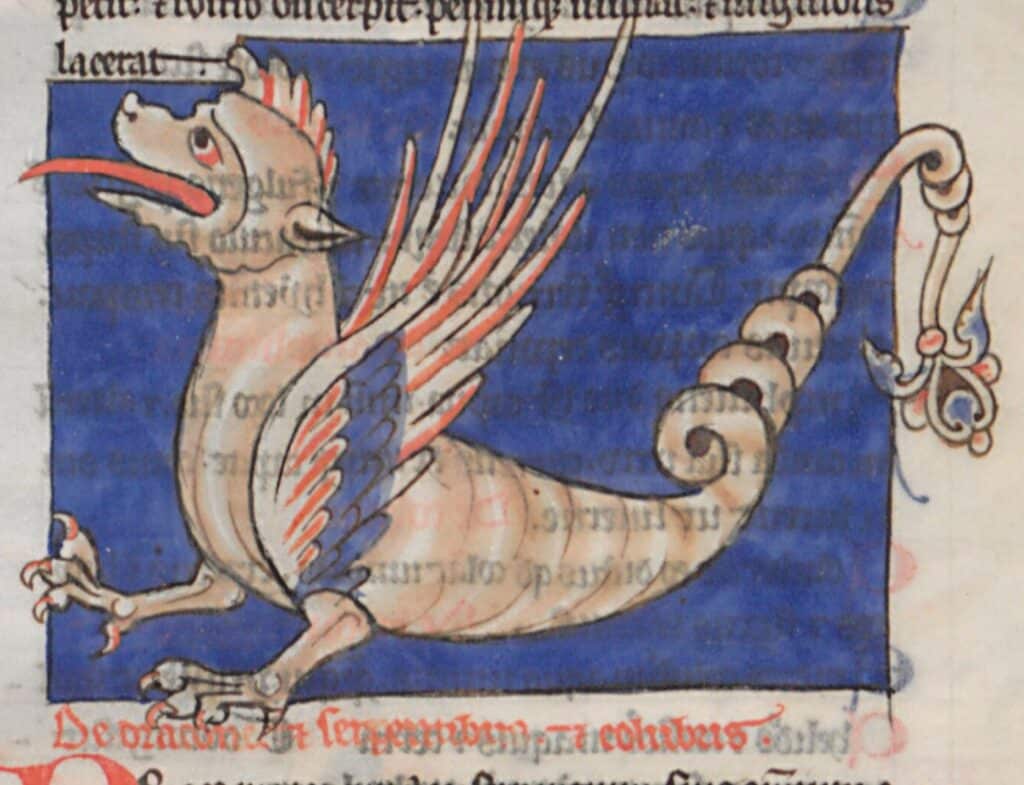
This two-footed dragon has a head crest, colorful wings and an ornament on the end of it coiled tail.
- “The dragon is the enemy of the elephant, and hides near paths where elephants walk so that it can catch them with its tail and kill them by suffocation. It is because of the threat of the dragon that elephants give birth in the water.”
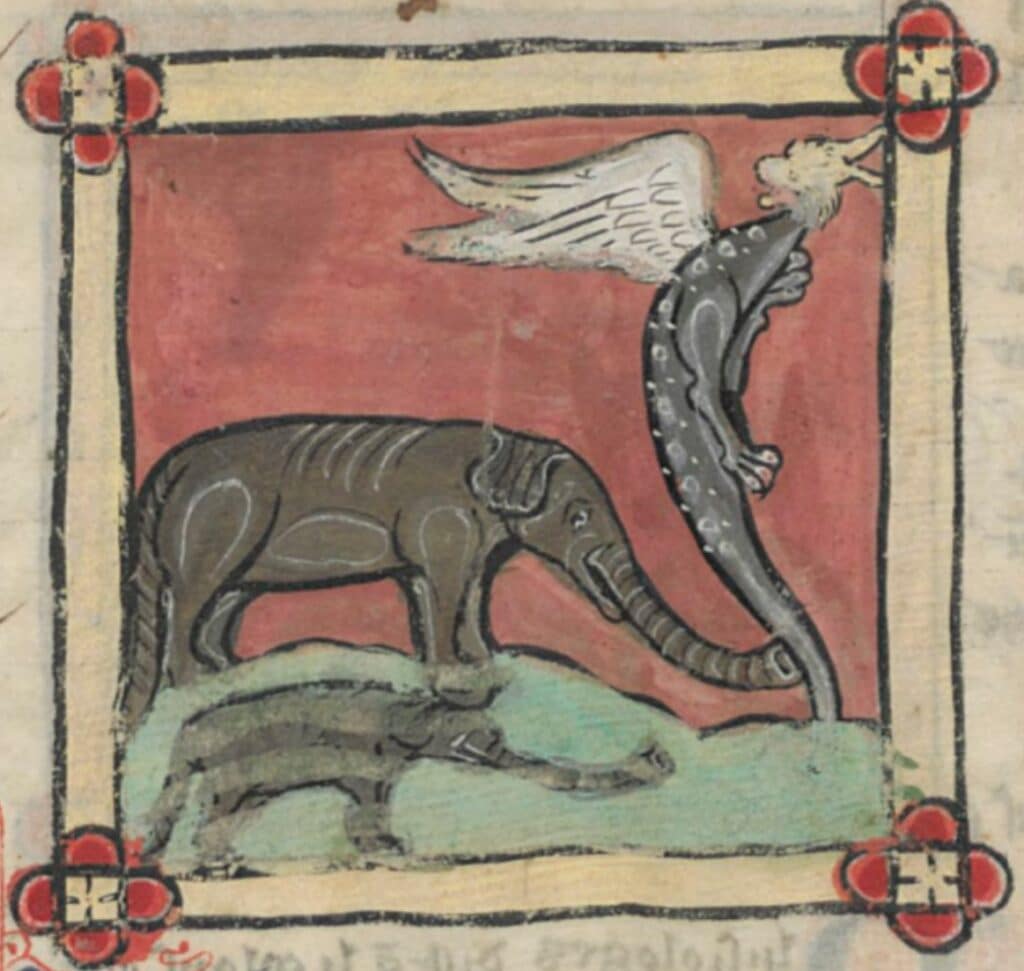
The dragon is unable to attack the elephant because it has given birth in water
[Aberdeen University Library, Univ. Lib. MS 24 (Aberdeen Bestiary), folio 65v.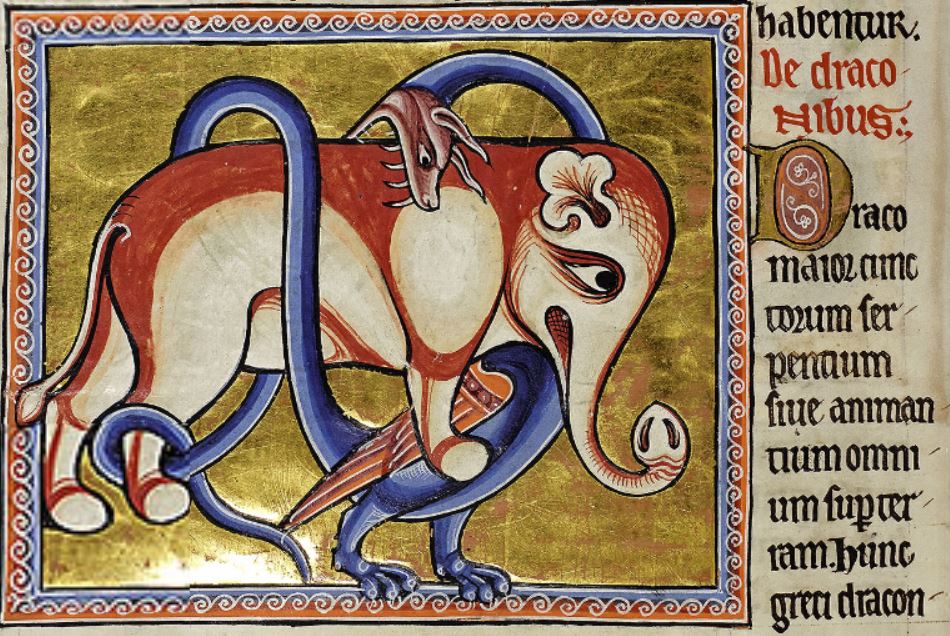
[Bibliothèque de l’Arsenal, Ms-3516 (Bestiaire of Pierre de Beauvais, long version), folio 209v]
- “Dragons are found in India and Ethiopia.”
- According to some Medieval stories, the dragon is an allegory for the devil.
- “Dragons cannot stand the sweet smell breathed out by the panther and hide in a hole when the panther roars.”
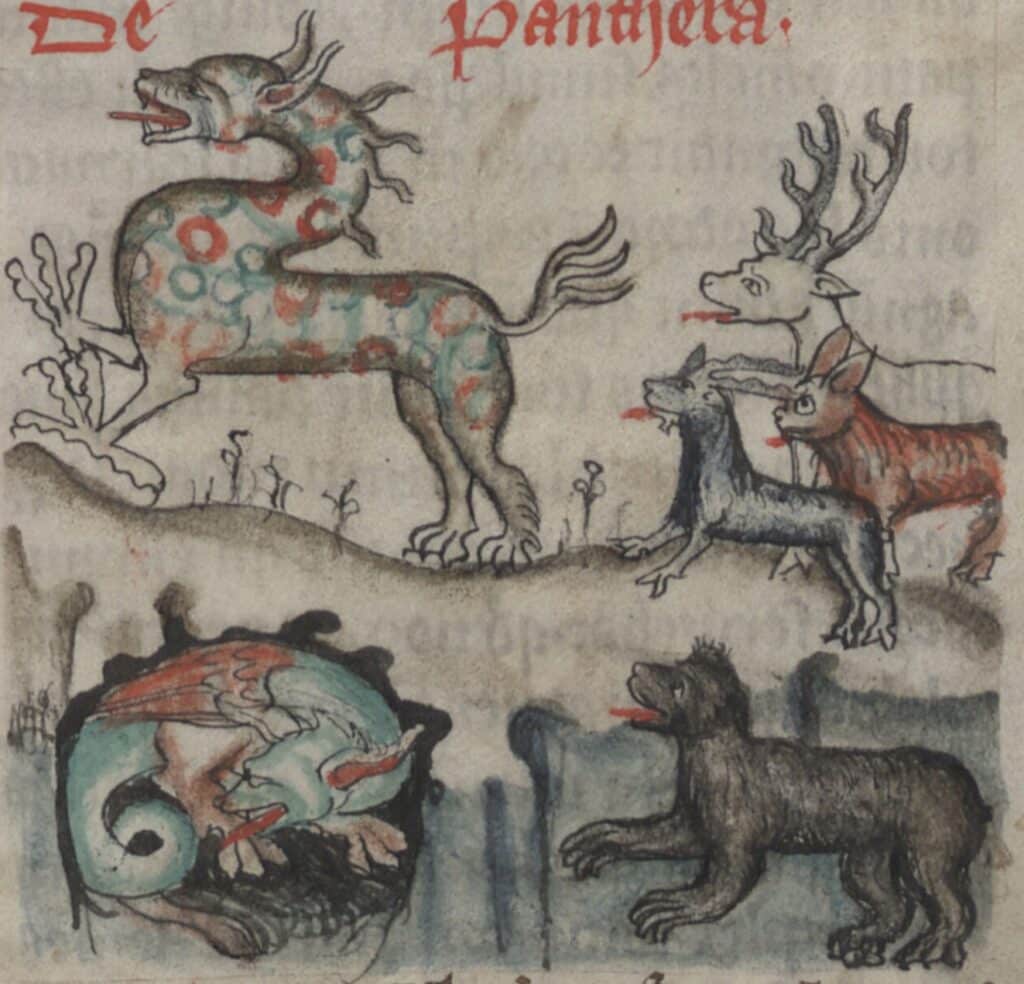
We’ve already studied Beowulf this year and are just starting St. George and the Dragon, but SLOCA’s Primary (1st + 2nd grade) art class got a chance to dive even deeper into the lore and imagery of dragons. First, alongside their study of line (one of the seven classic Elements of Art), they began by drawing dragons using some of the bestiary visuals above as inspiration and using only one continuous line.
Then, the students brought that study into the world of 3D by making one line wire sculptures of dragons.
If you too want to add more dragon study into your at home rhythms this fall, here are some resources for you:
- The article that was the inspiration for this post!
- Bestiary.ca, an amazing resource that has collected lots of imagery and facts from Medeival bestiaries around the world. All of the Medieval images in this post were pulled from this site and this is only the tip of the iceberg!
- How to Train your Dragon and other dragon books, available in our Den!












